A PDC is not any regular boring course; it is an organic thing that takes a life and rhythm of its own and adapts to meet the participants' needs and the challenges along the way.
Today's "program" shaped up to be an interesting melting pot of topics. First, we talked a little about the flaws in the current prevailing consumer system from production to waste in most "developed" countries. The Waste Hierarchy pyramid ranks the different ways of treating waste from the worst (dumping and landfills) to better solutions like composting, reusing and reducing consumption, up to prevention and elimination (no waste). Rita Khawand from SOILS then showed us a beautiful selection of her own hand-crafted creations made from waste, as well as the tote bags made from fabric scraps by the women of Saidoun last month in the capacity-building sewing workshop we had organized.
We then talked about trees and their many functions from an ecological standpoint (climate control, erosion prevention, habitat for birds and small creatures, windbreaks, etc.) as well as a human one, covering building materials, comfort and wellbeing, inspiration for art and many other beneficial uses - have you ever hugged a tree?
This brought us to agro forestry, which concerns growing food in forests and grazing animals while preserving the forest aspect of a land and harvesting its natural resources. This is most effective in forest edges where plant succession is apparent and needs to be accelerated and maintained. The idea is to make use of stacking (the different levels of growth) and mimic this dynamic to encourage bilateral relations between forests' productivity and agricultural yields. Guilds in nature consist of different plants (trees, shrubs, herbs) in symbiosis that can serve as model in designing a forest garden. Other strategies include alley cropping and combining animals with forests.
For the practical session today, we got a fun taste of cob building. We walked to the nearby village of Hidab where Marie, a local woman, has preserved a technique of building small stoves and ovens out of clay and straw. As soon as we got there, all mud broke loose! We thought yesterday's soil experiments were messy, but we hadn't seen anything yet! All of us dug into the wet clay and straw, and started molding individual U-shaped open stoves the old-school way. Working together, we also built a large model designed to hold the metal plaque for the traditional Lebanese saj bread. Marie said she'd let our creations dry overnight then send them over the next day. We just can't wait to start cooking on these babies!
Stay tuned for more fun in store for us tomorrow when we talk about natural building! Plus, we're having visitors over!
Today's "program" shaped up to be an interesting melting pot of topics. First, we talked a little about the flaws in the current prevailing consumer system from production to waste in most "developed" countries. The Waste Hierarchy pyramid ranks the different ways of treating waste from the worst (dumping and landfills) to better solutions like composting, reusing and reducing consumption, up to prevention and elimination (no waste). Rita Khawand from SOILS then showed us a beautiful selection of her own hand-crafted creations made from waste, as well as the tote bags made from fabric scraps by the women of Saidoun last month in the capacity-building sewing workshop we had organized.
We then talked about trees and their many functions from an ecological standpoint (climate control, erosion prevention, habitat for birds and small creatures, windbreaks, etc.) as well as a human one, covering building materials, comfort and wellbeing, inspiration for art and many other beneficial uses - have you ever hugged a tree?
This brought us to agro forestry, which concerns growing food in forests and grazing animals while preserving the forest aspect of a land and harvesting its natural resources. This is most effective in forest edges where plant succession is apparent and needs to be accelerated and maintained. The idea is to make use of stacking (the different levels of growth) and mimic this dynamic to encourage bilateral relations between forests' productivity and agricultural yields. Guilds in nature consist of different plants (trees, shrubs, herbs) in symbiosis that can serve as model in designing a forest garden. Other strategies include alley cropping and combining animals with forests.
For the practical session today, we got a fun taste of cob building. We walked to the nearby village of Hidab where Marie, a local woman, has preserved a technique of building small stoves and ovens out of clay and straw. As soon as we got there, all mud broke loose! We thought yesterday's soil experiments were messy, but we hadn't seen anything yet! All of us dug into the wet clay and straw, and started molding individual U-shaped open stoves the old-school way. Working together, we also built a large model designed to hold the metal plaque for the traditional Lebanese saj bread. Marie said she'd let our creations dry overnight then send them over the next day. We just can't wait to start cooking on these babies!
Stay tuned for more fun in store for us tomorrow when we talk about natural building! Plus, we're having visitors over!


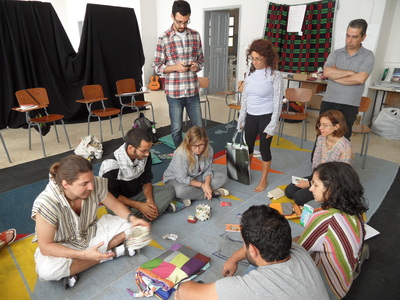



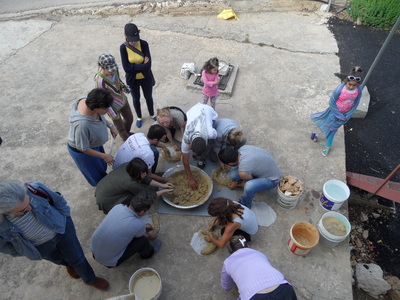

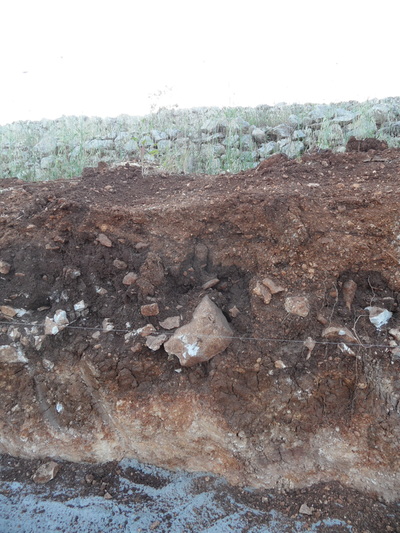


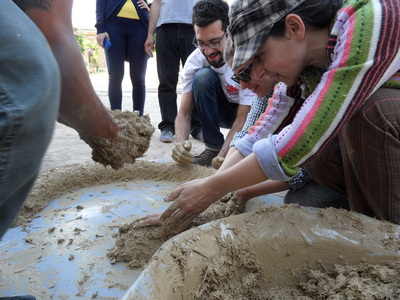
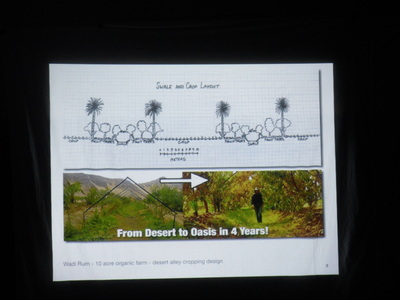
 RSS Feed
RSS Feed
